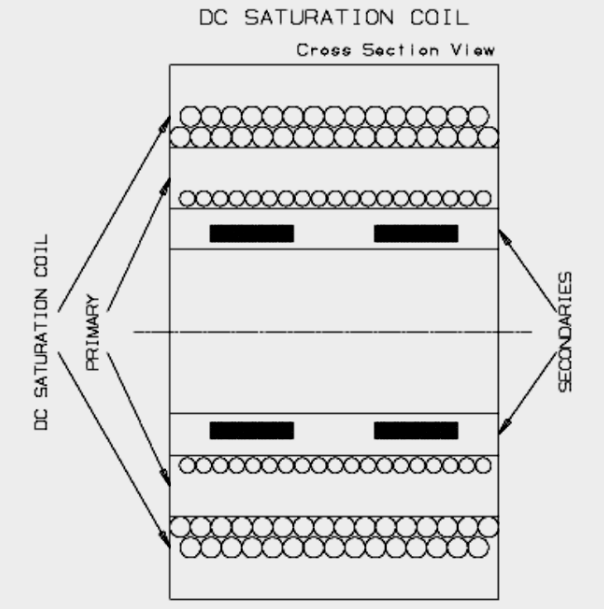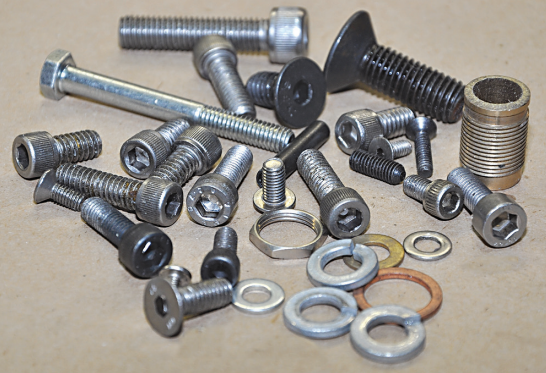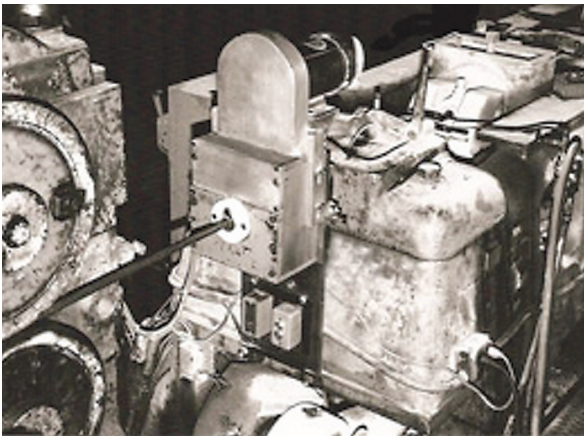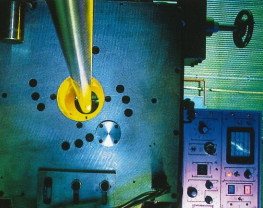STAINLESS STEEL WORLD AMERICAS JUNE 2012
Non-destructive testing or NDT has become the go-to quality assurance management tool for the examination of materials and components. Perhaps the best feature about this form of testing is that it allows materials to be examined without changing or destroying their usefulness. A crucial factor in everyday life, NDT ensures safety and reliability in numerous industries including aircraft, spacecraft (shuttle), motor vehicles, pipelines, bridges, trains, power stations, refineries, buildings and oil platforms. Stainless Steel World Americas had the opportunity to speak briefly with Dudley Boden, VP of Sales for Magnetic Analysis Corporation (MAC), a leader in non-destructive testing since 1928. After developing the first American made system using electromagnetic principles for the detection of flaws in steel products, MAC has grown to become a major source of NDT services for testing metals worldwide.
By: Ashleigh Ryan

We asked Mr. Boden why a company should choose Non-Destructive Testing; what is the benefit?
On the broadest level, the idea of non-destructive testing in general is to be able to test material for defects without having to tear it apart. The alternative is to take a cross section or sample of the product, or stress the material in some way to see if they have defects. Unfortunately, this process then destroys the part.
Our company targets a specific area, although there are a lot of different areas; we focus primarily on long metal products, including tube, pipe, bar, and wire when it’s being manufactured.
Are there any significant trends/developments that you see happening in the NDT industry at the moment?
There are quite a few actually. There is a trend more towards ultrasonic testing as opposed to some of the other techniques, mostly because ultrasonic testing allows you to test a full cross-section of whatever you’re testing. With ultrasonic, you can see into a metal bar as opposed to other testing where you can only see the surface, or something near the surface. Another trend is the general increase in both the amount of NDT being conducted as well as the level of requirements being placed on the manufacturers of metal products. Testing is becoming much more important and yet, much more difficult at the same time.

Why is that? What are some of the challenges this industry is facing?
One of the biggest challenges that we face is being caught in the middle so to speak. If someone is buying steel pipes, for example, for a pipeline, their obvious objective is to have a perfect pipe. They do not want oil leaking out on the ground and they do not want to waste their resources or risk contamination. Because of this, companies are pushing harder and harder for more testing and very strict testing guidelines. The problem is that some of these guidelines are beyond the capability of any equipment that exists. On the other hand, you have customers who are producing that pipe who would prefer not to do any testing at all; so we’re caught in the middle with having to try and meet unrealistic requirements in some cases, and at the same time, dealing with the producer who wants the testing over with as fast as possible to have as small an impact on his production.

Are there any new technologies being developed for this field of testing?
There have been a number over our history; MAC was one of the first companies to introduce rotary eddy current testing, and we are one of the only companies that offer three different methods of NDT, eddy current, flux/leakage, and ultrasonic. Most companies specialize in one or two of those areas.
That is another trend that we’re finding; because the requirements are becoming more and more strict, companies are purchasing more systems that I would call multi-modality systems, where you have two or three different types of tests in one test line. This is one of the unique things that MAC brings to the table.

Is there a larger cost associated with this procedure in comparison to other methods of testing?
For our applications, there really is no other; to some extent, we compete with X-ray technologies, but with that, there is the issue of possible exposure in addition to environmental issues. Another procedure would be magnetic particle testing, but this method is rather slow and results in an excessive amount of chemicals which you have to then dispose of. In short, there really aren’t any highly competitive techniques to the type of testing that we do.




